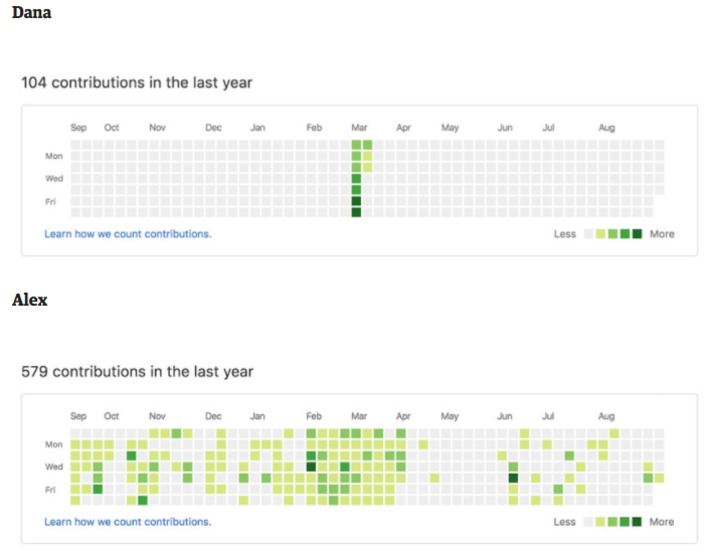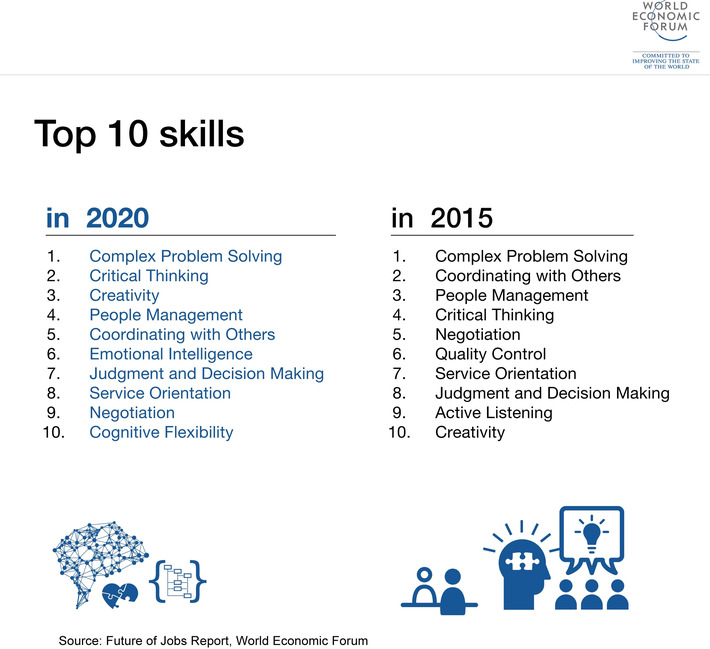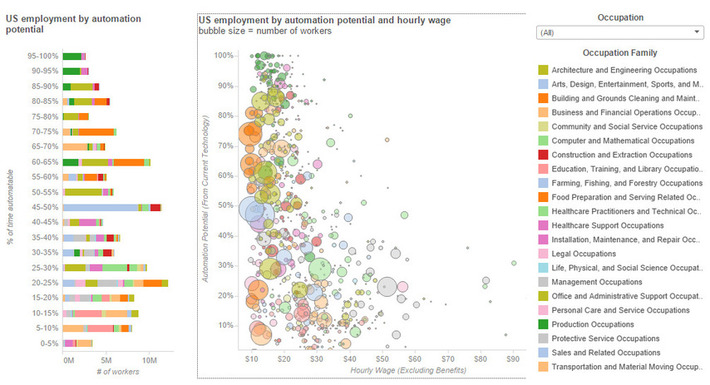The diagnosis is in: healthcare careers top the list of jobs with the highest base salary in the U.S., according to LinkedIn Salary.
Get Started for FREE
Sign up with Facebook Sign up with X
I don't have a Facebook or a X account
 Your new post is loading... Your new post is loading...

Gonzalo Moreno's curator insight,
December 9, 2016 5:06 AM
TASK Management vs. PEOPLE Management, a superclassic...
Bourgade's curator insight,
November 22, 2016 2:57 AM
A review of the most in-demand skills and the way to visualize them to more clearly identify and rate potential new hires.
WHY THIS IS IMPORTANT The article shows the gitHub contribution profile in the chart clearly shows that Alex is a more constant contributor than Dana and that he may have better skills for a computer programming job. what if if was possible to "visualize" the skills of your employees and prospects based on data and metric such as this one? We would then be in a better position to hire and promote the right individuals based on their true skillset and unbiased data.

Abel Linares's curator insight,
July 30, 2016 1:08 PM
Potencial amortización #digital del #trabajo según Mckinsey.
Gráfico interactivo que analizar 800 trabajos diferentes. Concluye que con la tecnología actual el 45% del trabajo se puede automatizar, un 13% adicional cuando las máquinas entiendan el lenguaje humano a un nivel de ciudadano medio. Las previsiones son instalar 1.3 millones de robots entre 2015 y 2018 |

Curated by Farid Mheir
Get every post weekly in your inbox by registering here: http://fmcs.digital/newsletter-signup/
|


















It is good to be a medical professional in the US!